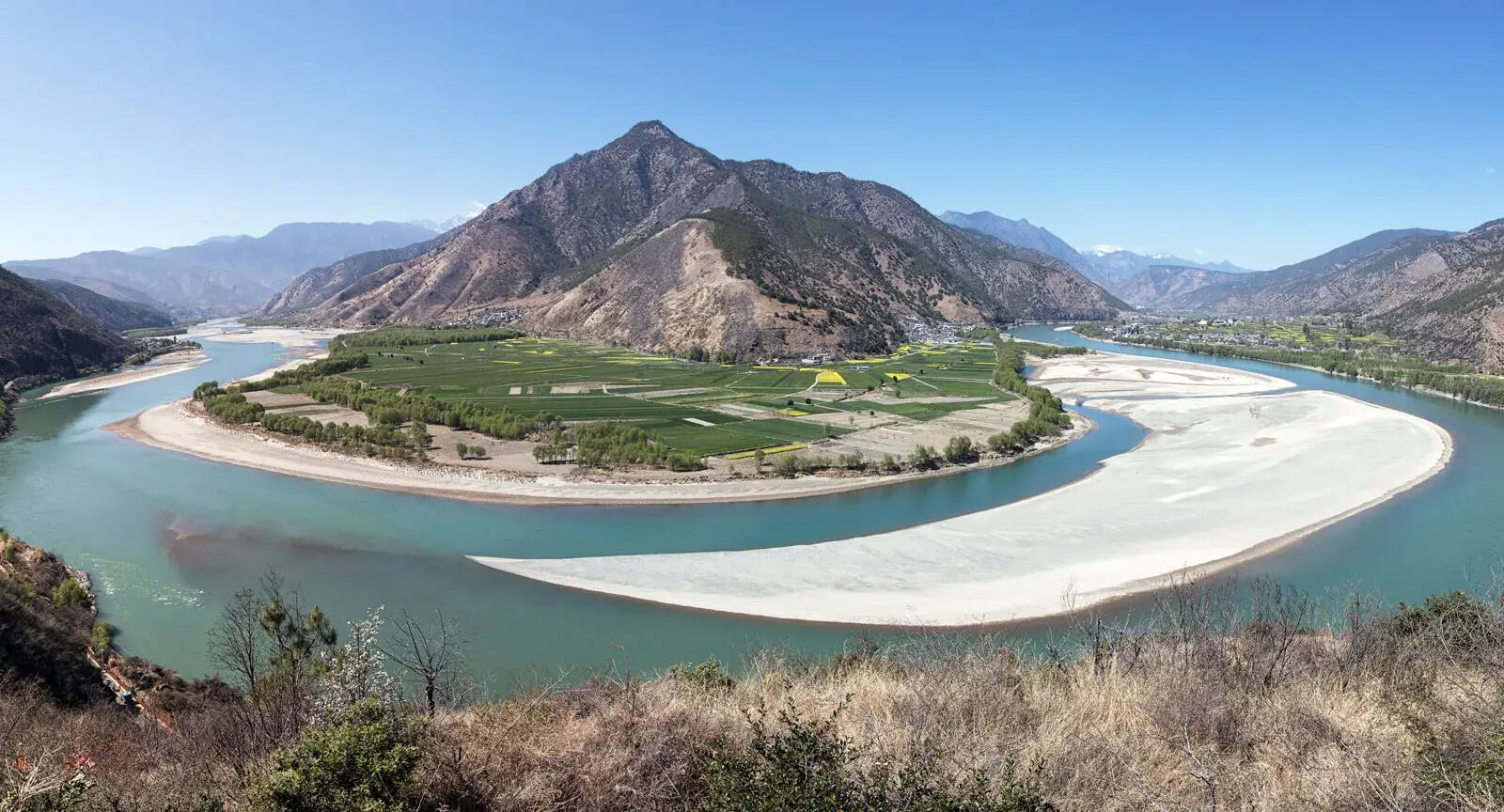
Where is the Gan River located? The Gan River flows through the heart of Jiangxi Province in southeastern China. This river stretches over 885 kilometers, making it a significant waterway in the region. Originating from the Dayu Mountains, it winds its way northward, eventually merging with the Yangtze River. The Gan River basin is vital for agriculture, providing irrigation for rice paddies and other crops. It also supports local industries and communities along its banks. Rich in history, the river has witnessed countless cultural and economic developments over centuries. Ready to learn more? Let's dive into 28 fascinating facts about the Gan River!
Key Takeaways:
- The Gan River, a vital waterway in China, has a rich history, ecological significance, and economic impact. It faces modern challenges that need attention for its preservation and sustainability.
- The Gan River has shaped the culture and traditions of Jiangxi Province, inspiring art, cuisine, and celebrations. Its importance as a lifeline for communities is evident throughout history.
The Gan River: A Natural Marvel
The Gan River is one of China's most significant waterways. Flowing through Jiangxi Province, it has a rich history and plays a crucial role in the region's ecosystem and economy. Here are some fascinating facts about this remarkable river.
-
The Gan River stretches approximately 885 kilometers (550 miles), making it one of the longest rivers in China.
-
It originates from the confluence of the Gong and Mei rivers in the city of Ganzhou.
-
The river eventually merges with the Yangtze River, the longest river in Asia.
-
The Gan River basin covers an area of about 83,500 square kilometers (32,242 square miles).
-
It is a vital water source for millions of people living in Jiangxi Province.
Historical Significance
The Gan River has been a lifeline for civilizations for centuries. Its historical importance is evident in various aspects of Chinese culture and development.
-
Ancient Chinese texts mention the Gan River as early as the Han Dynasty (206 BCE – 220 CE).
-
The river facilitated trade and transportation, contributing to the prosperity of the region.
-
Ganzhou, a major city along the river, was a crucial hub on the ancient Maritime Silk Road.
-
Numerous historical sites and relics are found along the riverbanks, reflecting its rich cultural heritage.
-
The Gan River played a strategic role during various military campaigns in Chinese history.
Ecological Importance
The Gan River's ecosystem supports a diverse range of flora and fauna. Its ecological significance cannot be overstated.
-
The river is home to several endangered species, including the Chinese sturgeon.
-
Wetlands along the Gan River provide critical habitats for migratory birds.
-
The river's floodplains are fertile grounds for agriculture, supporting local communities.
-
Efforts are ongoing to protect and preserve the river's natural environment from pollution and overuse.
-
The Gan River basin is a hotspot for biodiversity, with numerous plant and animal species.
Economic Impact
The Gan River is not just a natural wonder; it is also an economic powerhouse for Jiangxi Province and beyond.
-
The river supports extensive agricultural activities, including rice and tea cultivation.
-
Hydroelectric power plants along the river generate significant electricity for the region.
-
Fishing is a major industry, providing livelihoods for many local residents.
-
The river's water is used for irrigation, ensuring the productivity of farmlands.
-
Tourism along the Gan River is growing, with visitors attracted to its scenic beauty and historical sites.
Cultural Influence
The Gan River has left an indelible mark on the culture and traditions of the people living along its banks.
-
Traditional festivals and ceremonies often revolve around the river, celebrating its importance.
-
Local cuisine features fish and other products sourced from the Gan River.
-
The river has inspired countless poems, songs, and artworks throughout Chinese history.
-
Folklore and legends about the Gan River are passed down through generations.
-
The river is a symbol of life and prosperity in Jiangxi Province.
Modern Challenges
Despite its many benefits, the Gan River faces several modern challenges that need addressing.
The Gan River's Legacy
The Gan River isn't just a waterway; it's a lifeline for millions. Flowing through Jiangxi Province, it supports agriculture, industry, and daily life. Its historical significance dates back centuries, with ancient settlements thriving along its banks. The river's role in the Yangtze River Basin highlights its importance in China's vast network of waterways.
Environmental challenges, like pollution and climate change, threaten this vital resource. Efforts to protect and restore the Gan River are crucial for future generations. Local communities, governments, and organizations must collaborate to ensure its health and sustainability.
Understanding the Gan River's impact on culture, economy, and environment helps appreciate its true value. By learning about its history and current state, we can better support initiatives aimed at preserving this essential river for years to come.
Frequently Asked Questions
Was this page helpful?
Our commitment to delivering trustworthy and engaging content is at the heart of what we do. Each fact on our site is contributed by real users like you, bringing a wealth of diverse insights and information. To ensure the highest standards of accuracy and reliability, our dedicated editors meticulously review each submission. This process guarantees that the facts we share are not only fascinating but also credible. Trust in our commitment to quality and authenticity as you explore and learn with us.
